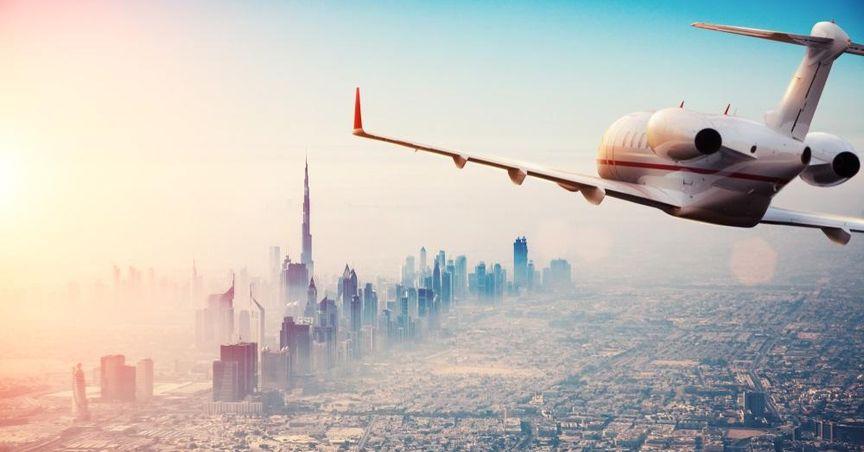Elon Musk, a prominent figure known for spearheading multiple technology companies simultaneously, has found a strategic ally in his fleet of private jets. The demanding task of overseeing six companies, including his recent involvement in Twitter (now rebranded as X), necessitates Musk's frequent travel between two significant locations—Texas and California.
This insight into Musk's activities also sheds light on the interconnectedness between his role in various technology ventures and its potential impact on technology stocks, given his influential position in the tech industry. This logistical challenge is considerably eased by his private jets, collectively valued at over $100 million. The data, compiled by the jet-tracking site JetSpy as of December 14, indicates that Musk's private planes were in the air 441 times in the current year.
Musk's private jet collection comprises two Gulfstream models—a G650ER (registered as N628TS) and a G550 (registered as N272BG). Additionally, there is a second G550 with the tail number N502SX, registered to SpaceX in September 2021. As of December 14, this particular jet has flown about 630 hours across 246 flights, according to JetSpy. Notably, this second G550 wasn't included in the total flight count attributed to Musk since it is not registered directly to him. Apart from these, Musk has reportedly ordered the recently launched Gulfstream G700 and, at some point, owned a Dassault Falcon 900B.
The G650ER, acquired by Musk in 2016, emerges as the most long-range aircraft in his possession, allowing for nonstop flights covering a remarkable 8,600 miles. Musk's usage of these private planes is noteworthy, with the aircraft collectively spending over 1,161 hours in flight during 2023, equivalent to more than 48 days in the air.
JetSpy compiles its flight information using ADS-B data transmitted from various vendors and networks. ADS-B, a public surveillance technology, broadcasts information like GPS location and altitude from one aircraft to another and to ground stations. Despite Musk's efforts to conceal flight information using a program set up by the Federal Aviation Administration, enthusiasts have continued to track his travel using the ADS-B network.
The article highlights Musk's travel patterns and destinations, with an average flight duration of just over two and a half hours in 2023. The G650's popular destinations include Austin, Texas, as well as airports in Oakland and San Jose, California, while the G550 frequently visits airports in Hawthorne and Los Angeles, California, along with Brownsville South Padre Island International Airport near SpaceX's launch site.
Several notable flights stand out, such as a nearly 13-hour journey to Tokyo in August, where Musk, accompanied by his on-and-off girlfriend Grimes and their three-year-old son X, was spotted. The jets also embarked on various international flights, including a visit to Israel in November, where Musk met with foreign leaders and toured a kibbutz attacked by Hamas. The shortest recorded flight was five minutes, during which the jet remained at Long Beach Airport, likely indicative of the pilot repositioning the plane. Short 11 to 15-minute flights between airports in Hawthorne and Los Angeles were also observed in the spring.
While Musk's private jets undoubtedly facilitate his demanding schedule and extensive travel, there is a significant environmental impact associated with their operation. The estimated CO2 emissions from Musk's jets in the past year reached 5,159 metric tons. To put this in perspective, the average person in the U.S. is responsible for approximately 16 tons of carbon dioxide emissions per year, according to the University Corporation for Atmospheric Research. Furthermore, the fuel consumption of these jets in 2023 amounted to a staggering 538,957 gallons, incurring a cost of over $3.2 million.
Despite the high usage of Musk's private jets, there appears to be a reduction in their flight frequency in 2023 compared to the previous year. In 2022, these planes took off 739 times, accumulating a total of 1,865 hours in flight. The article sheds light on Musk's reliance on private aviation and the associated environmental and financial implications, offering readers a comprehensive view of his extensive travel habits.



